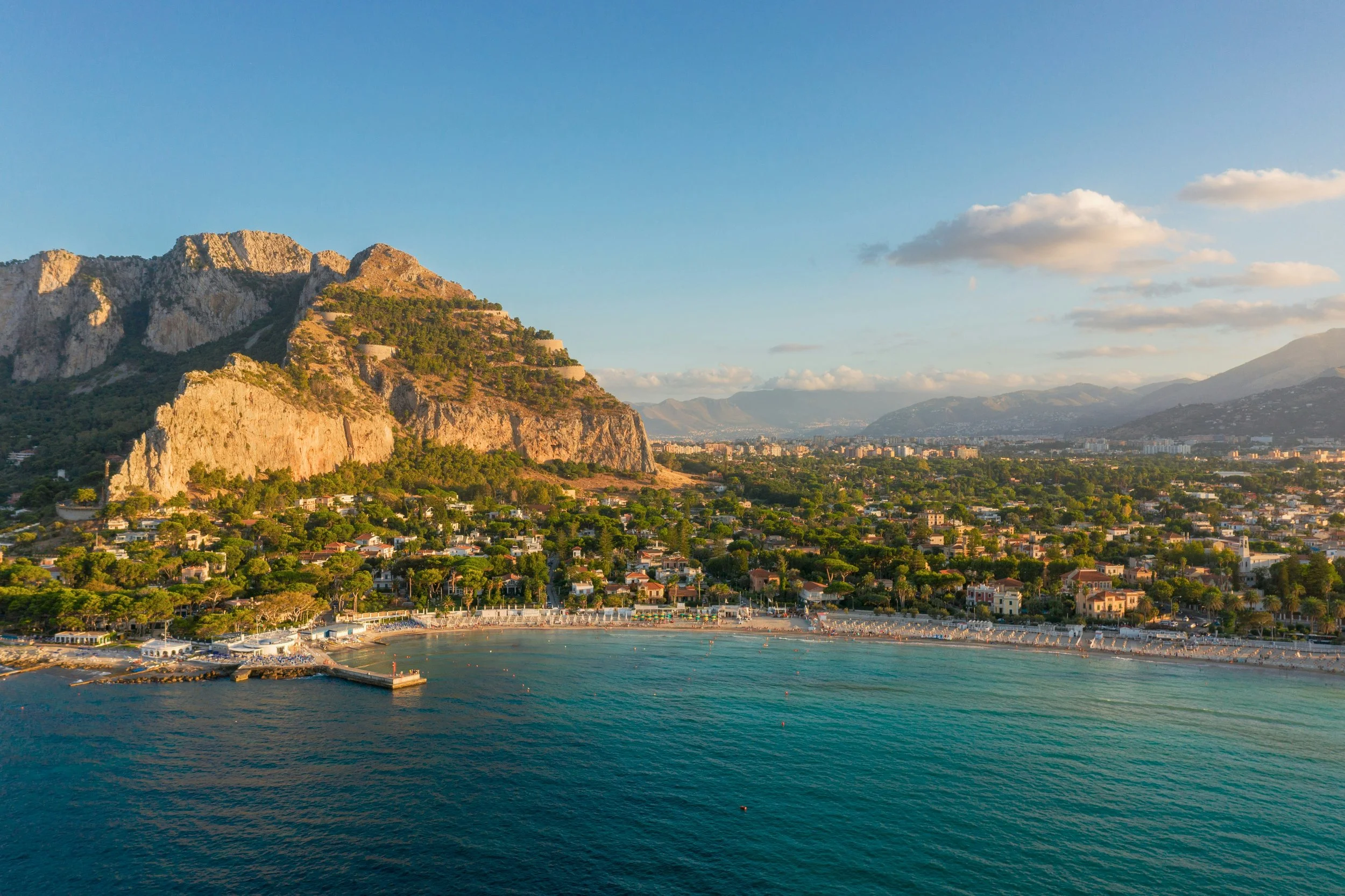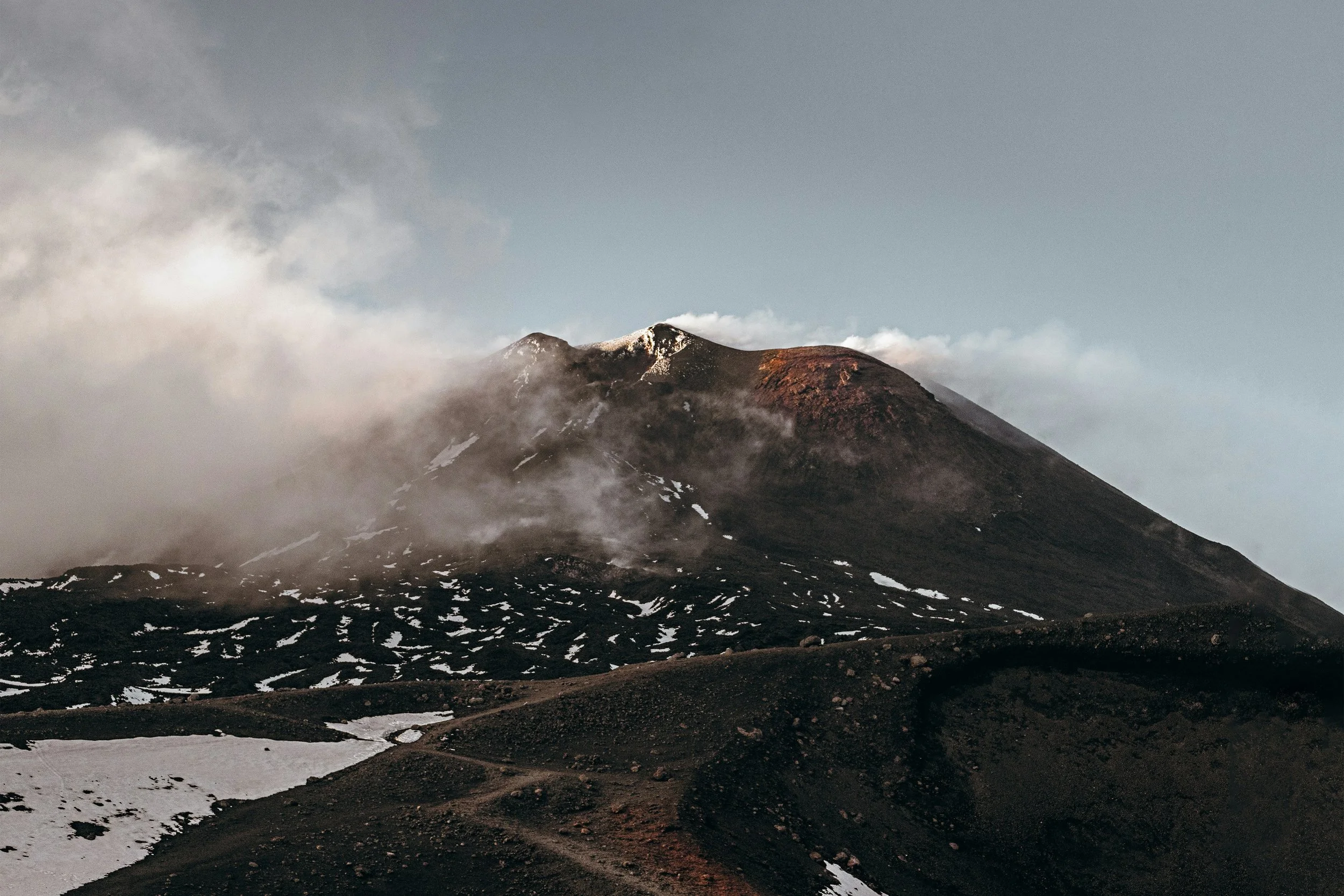How wine and volcanoes are connected
Trip‑planning is one of my tiny loves. Give me a free evening and I will happily dive into Reddit threads, type the keywords- “restaurants,” “tourism,” “rooftop”- into Google, and open every 4.3+ starred place I can find (bonus if it has under 500 reviews to avoid the tourist traps). I keep a Notion page for every trip: where to stay, bars and restos, the odd little things that make a city feel like itself. Watching it all click together gives me joy.
But lately I’ve been in a full MEH era- summer slouching into fall, work noise, inner brain conversations I can’t ignore. A month ago some friends and I said “Sicily?”, bought our plane tickets and… didn’t plan a thing. We leave in five days 🙂
Mondello, Sicily - one of the areas we will be staying in in Sicily
And somehow that excites me. No dinner bookings, no tourist‑slot confirmations- just vibes. Sometimes you have to let go and trust you’ll figure it out. The trip will meet you halfway.
Which, of course, brings me to wine. If we’re going to Sicily, we’re going to talk Sicilian wine.
A very short history: Phoenician merchants were pouring on the western side of Sicily around 1000 B.C. and Greek colonists brought vines and technique to the east by the 700s B.C. The island’s climate and soils were perfect for growing grapes. When the Romans took over, they shipped Sicilian wine across the empire. Homer even nods to the island’s wines in the Odyssey as“a wine as fragrant as ambrosia and nectar”.
The history of Sicily has never been boring. The island has been ruled by Byzantines, Arabs, Normans, Aragonese, Spanish Habsburgs, and Bourbons. That mix shows up in the food and explains the diversity of the island’s culture.
Mount Etna, an active volcano on Sicily
Fast‑forward to the 1960s when a lot of growers sold to co‑ops and the island became Europe’s bulk‑wine engine. It was cheap, plentiful, and totally forgettable. By the 1980s, a group of winemakers said “nah” trimmed volume, and started chasing quality. In the 2000s they doubled down on native grapes - especially around Mount Etna - and the rest of the world gave them the international recognition they deserved.
Why Sicily works (especially Etna)? Volcanic soils with minerals. Altitude that slows ripening, keeping acid bright and flavors focused and enough rain to help, not enough to annoy. In short: ripeness with structure.
So there’s your history of Sicilan wine in two minutes. I’ll be visiting a winery while I’m there and I’ll bring back everything I learn- the good pours and any surprises.
Write soon.
April | Brut Honesty


